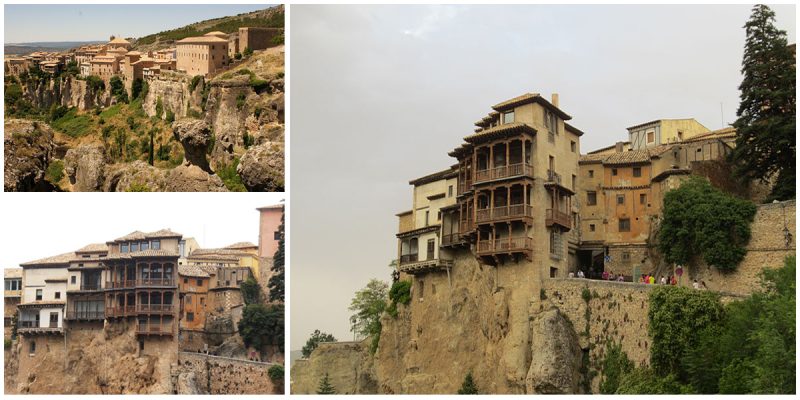Situated on a high, unconquerable hill and encircled by the Júcar and Huécar rivers, Cuenca is an outstanding example of a medieval fortified city, well preserved so that it can be enjoyed today. The origin of the city of Cuenca, capital of the Spanish province of the same name, dates to the conquest of the Iberian Peninsula by the Moors in 714.
Realising the strategic importance of what was an unihabited location, the Moors built a fortress here. In the 12th century, the city was conquered by the Christian king Alfonso VIII. He set in place new laws for the city and a prosperous period ensued, during which a number of historic buildings were constructed, including Spain’s first Gothic cathedral.
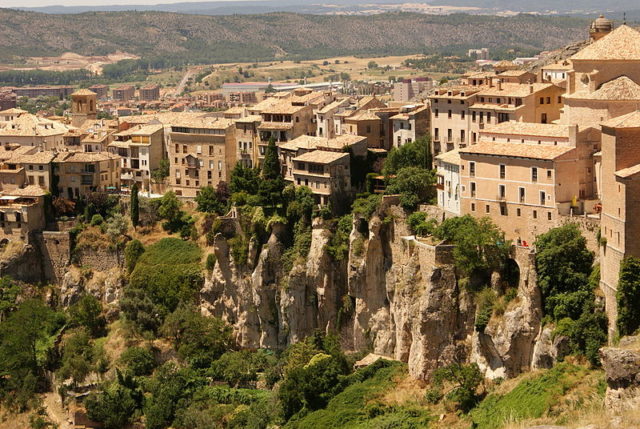
The Hanging Houses of Cuenca, also known as “Casas Colgadas,” is a complex of houses that literally hang off the side of a cliff. The history and exact origin of the Hanging Houses are unclear. Some believe that these amazing architectural wonders, unusually well preserved, are of Muslim origin, others that they were built during the medieval era (14th-15th centuries).
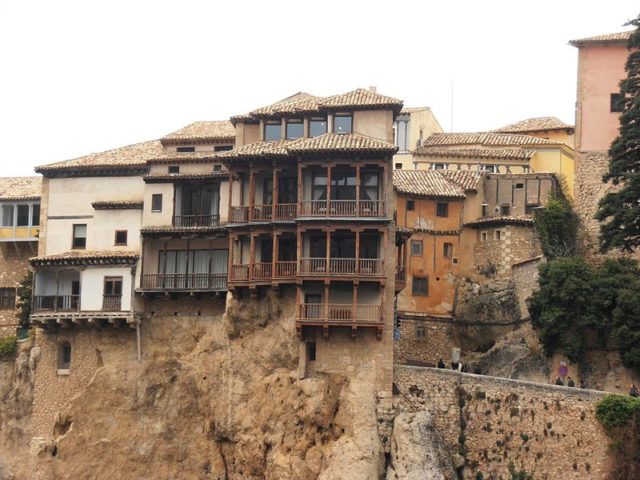
However, there is proof of their existence in the 15th century, when the Flemish topographical artist Anton van den Wyngaerde, who made panoramic sketches and paintings of towns, included them in his remarkable panoramic view of Cuenca from the east. The houses reach a height of three or four floors, but some have up to 10 storys inside, where they are built into the side of the ravine. Houses of this kind were frequent along the eastern border of the ancient city in the past.
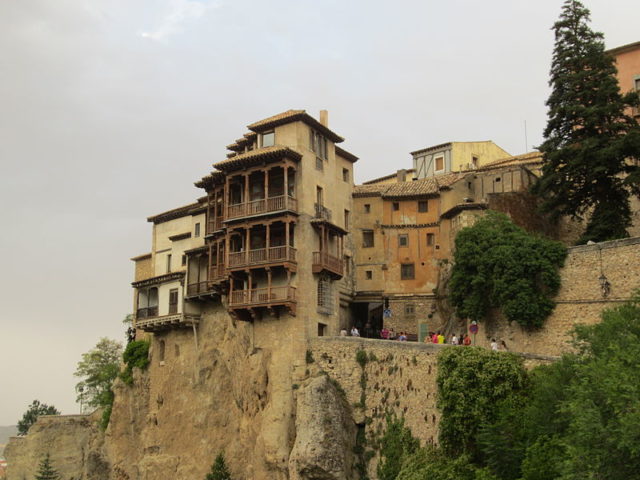
Although many of these homes once overlooked the area, today only a few remain. The most well known is a group of three houses with wooden balconies. In one of these, La Casa de la Sirena (House of the Mermaid), there’s a traditional restaurant. An art museum is housed in another two, Las Casas del Rey (Houses of Kings). The Museo de Arte Abstracto Español (the Spanish Abstract Art Museum) was opened in 1966 by Fernando Zobel and Gustavo Torner and it is the first museum of its kind in Spain.
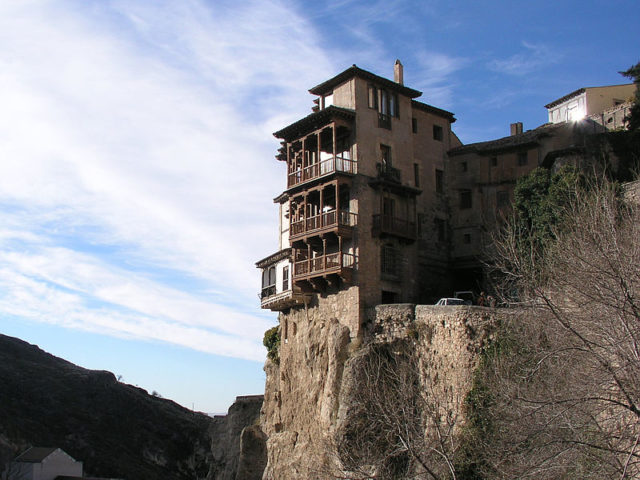
There, visitors can see paintings and sculptures by a number of important Spanish and international artists such as Rueda, Antonio Tàpies, Sempere, Millares, Saura, Fernando Zóbel, and Gustavo Torner. When visiting the museum, visitors are in fact entering and leaving three different buildings.
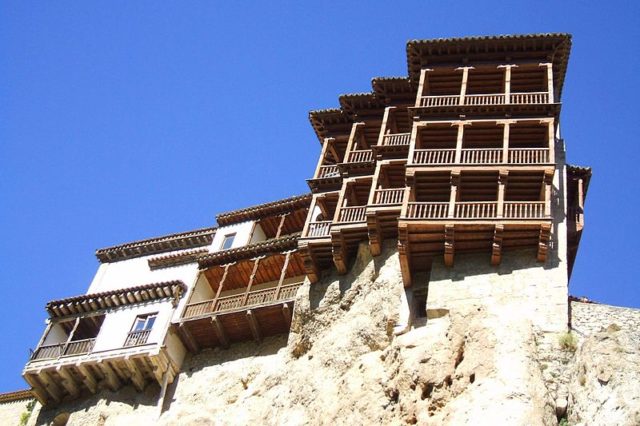
The museum itself stands as a work of art and continues to be a popular attraction. In 1980, the museum was chosen as European Museum of the Year by the European Council.
Thanks to its rich collection of impressive architecture from the 12th to the 18th centuries, the historic walled town of Cuenca was named a World Heritage Site by UNESCO on December 7th, 1996. The town is also famous for its charming downtown area, the 13th century San Miguel Church, and its scenic viewpoints.
